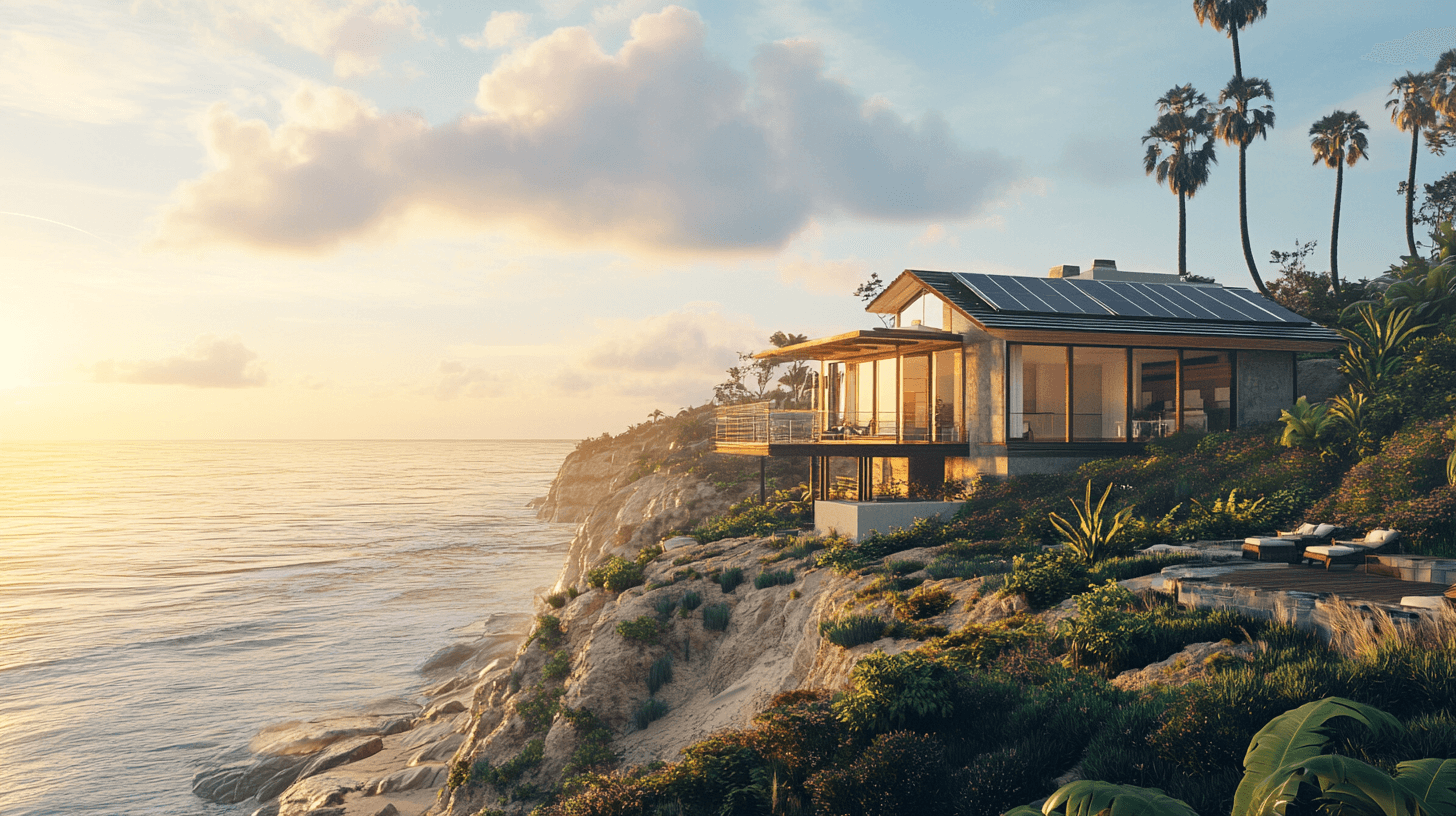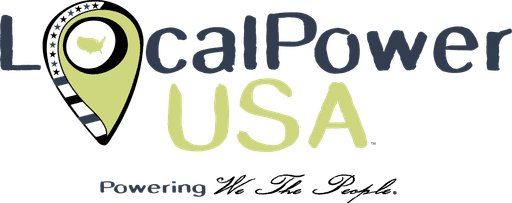Jan 11, 2025
When it comes to solar power, sometimes the best solutions come from working together. Community solar projects are revolutionizing how neighborhoods access clean energy, proving that you don't need to go it alone to achieve energy independence. Let's explore how these collaborative efforts are changing the game for everyone involved.
Community solar projects, sometimes called solar gardens or shared solar, allow multiple households to benefit from a single solar installation. Think of it as a community garden, but instead of growing vegetables, you're harvesting sunshine. These projects are perfect for people who can't install solar on their own homes due to shading, roof issues, or rental status.
The beauty of community solar lies in its flexibility. Projects can take many forms:
- Neighborhood cooperatives where residents jointly own and operate a solar array
- Subscription models where participants buy into a larger installation
- Municipal projects that benefit entire towns or cities
- Housing development installations that serve multiple units
Here's what makes community solar particularly powerful: economies of scale. By building larger installations, communities can negotiate better prices for equipment and installation. A 500kW community installation often costs less per watt than fifty 10kW home systems. These savings get passed directly to participants.
But the benefits go beyond just cost savings. Community solar projects often turn into hubs for neighborhood engagement. They create opportunities for education, job training, and community building. Some projects even include community gardens or pollinator-friendly plantings beneath the panels, maximizing land use and environmental benefits.
The financial models are becoming increasingly accessible. Many projects now offer:
- No upfront cost options
- Pay-as-you-go subscriptions
- Guaranteed savings compared to utility rates
- Flexible terms that allow participants to move within the service area
Local businesses are getting involved too. Some community solar projects partner with local companies, allowing them to offset their energy use while supporting neighborhood initiatives. This creates a virtuous cycle of local economic benefits and environmental progress.
Here's something exciting: community solar projects often serve as testing grounds for innovative technologies. Because they're larger than residential installations but smaller than utility-scale projects, they're perfect for piloting new storage solutions, smart grid technologies, and advanced monitoring systems.
Starting a community solar project requires careful planning, but the process is becoming more straightforward:
1. Gather interested participants and assess community needs
2. Identify suitable locations (vacant lots, large rooftops, brownfield sites)
3. Research local regulations and utility policies
4. Secure funding through grants, loans, or community investment
5. Partner with experienced developers and installers
Some communities are getting creative with their approaches. We're seeing projects that:
- Combine solar with community emergency shelters
- Integrate workforce development programs
- Include battery storage for community resilience
- Provide discounted power to low-income residents
The policy landscape is increasingly supportive. Many states now have specific community solar legislation that requires utilities to accommodate these projects. Some even mandate carve-outs for low-income participation, ensuring the benefits reach those who need them most.
Here's a pro tip: even if you already have solar on your roof, participating in a community project can make sense. It's a way to expand your impact, support local clean energy development, and potentially increase your energy independence.
The challenges aren't trivial – permitting, interconnection, and participant management require careful attention. But communities are finding that the benefits far outweigh the difficulties. Success stories are emerging across the country, from rural farming communities to urban neighborhoods.
For those interested in starting a project, resources are available:
- Solar energy nonprofits often provide free technical assistance
- State energy offices may offer planning grants
- National organizations can connect you with experienced developers
- Local solar installers usually have community solar experience
Remember: community solar isn't just about generating clean power – it's about building stronger, more resilient communities. When neighbors come together to create their own power solutions, they're not just saving money and protecting the environment. They're taking control of their energy future and strengthening local bonds in the process.
The future of energy isn't just about individual solar installations – it's about communities coming together to create sustainable, equitable solutions. Community solar projects are proving that when it comes to clean energy, we truly are stronger together.
When it comes to solar power, sometimes the best solutions come from working together. Community solar projects are revolutionizing how neighborhoods access clean energy, proving that you don't need to go it alone to achieve energy independence. Let's explore how these collaborative efforts are changing the game for everyone involved.
Community solar projects, sometimes called solar gardens or shared solar, allow multiple households to benefit from a single solar installation. Think of it as a community garden, but instead of growing vegetables, you're harvesting sunshine. These projects are perfect for people who can't install solar on their own homes due to shading, roof issues, or rental status.
The beauty of community solar lies in its flexibility. Projects can take many forms:
- Neighborhood cooperatives where residents jointly own and operate a solar array
- Subscription models where participants buy into a larger installation
- Municipal projects that benefit entire towns or cities
- Housing development installations that serve multiple units
Here's what makes community solar particularly powerful: economies of scale. By building larger installations, communities can negotiate better prices for equipment and installation. A 500kW community installation often costs less per watt than fifty 10kW home systems. These savings get passed directly to participants.
But the benefits go beyond just cost savings. Community solar projects often turn into hubs for neighborhood engagement. They create opportunities for education, job training, and community building. Some projects even include community gardens or pollinator-friendly plantings beneath the panels, maximizing land use and environmental benefits.
The financial models are becoming increasingly accessible. Many projects now offer:
- No upfront cost options
- Pay-as-you-go subscriptions
- Guaranteed savings compared to utility rates
- Flexible terms that allow participants to move within the service area
Local businesses are getting involved too. Some community solar projects partner with local companies, allowing them to offset their energy use while supporting neighborhood initiatives. This creates a virtuous cycle of local economic benefits and environmental progress.
Here's something exciting: community solar projects often serve as testing grounds for innovative technologies. Because they're larger than residential installations but smaller than utility-scale projects, they're perfect for piloting new storage solutions, smart grid technologies, and advanced monitoring systems.
Starting a community solar project requires careful planning, but the process is becoming more straightforward:
1. Gather interested participants and assess community needs
2. Identify suitable locations (vacant lots, large rooftops, brownfield sites)
3. Research local regulations and utility policies
4. Secure funding through grants, loans, or community investment
5. Partner with experienced developers and installers
Some communities are getting creative with their approaches. We're seeing projects that:
- Combine solar with community emergency shelters
- Integrate workforce development programs
- Include battery storage for community resilience
- Provide discounted power to low-income residents
The policy landscape is increasingly supportive. Many states now have specific community solar legislation that requires utilities to accommodate these projects. Some even mandate carve-outs for low-income participation, ensuring the benefits reach those who need them most.
Here's a pro tip: even if you already have solar on your roof, participating in a community project can make sense. It's a way to expand your impact, support local clean energy development, and potentially increase your energy independence.
The challenges aren't trivial – permitting, interconnection, and participant management require careful attention. But communities are finding that the benefits far outweigh the difficulties. Success stories are emerging across the country, from rural farming communities to urban neighborhoods.
For those interested in starting a project, resources are available:
- Solar energy nonprofits often provide free technical assistance
- State energy offices may offer planning grants
- National organizations can connect you with experienced developers
- Local solar installers usually have community solar experience
Remember: community solar isn't just about generating clean power – it's about building stronger, more resilient communities. When neighbors come together to create their own power solutions, they're not just saving money and protecting the environment. They're taking control of their energy future and strengthening local bonds in the process.
The future of energy isn't just about individual solar installations – it's about communities coming together to create sustainable, equitable solutions. Community solar projects are proving that when it comes to clean energy, we truly are stronger together.






















